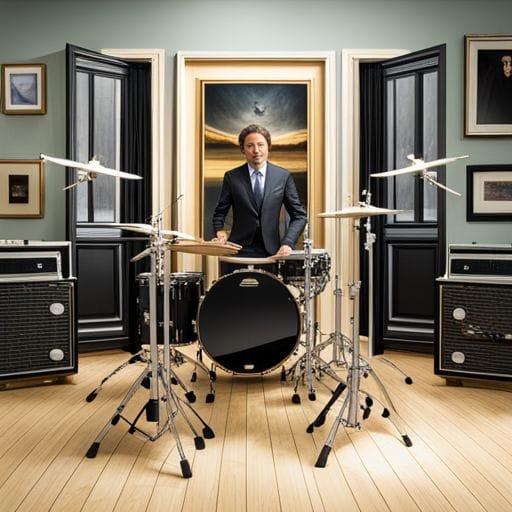Capturing Drums: Miking Techniques for Recording Live Drums

How does the type of microphone used affect the sound quality when recording live drums?
When it comes to recording live drums, the right microphone positioning can make a world of difference. The drums are the foundation of your music, providing the punch and groove that can make or break a song. Therefore, understanding how to properly mic a drum set is crucial for any audio engineer or musician.
Understanding Drum Microphone Basics
Before we delve into specific miking techniques, let’s discuss the basic components of a drum set and the types of microphones typically used to capture each aspect:
-
- Kick Drum: Due to its low frequencies, the kick drum often requires a microphone with a large diaphragm, capable of handling high sound pressure levels.
-
- Snare: Condenser or dynamic microphones can be used for snare drums. These can capture the sharp and fast attacks of the snare, while handling the high SPL’s it comes with.
-
- Toms: Like the kick drum, toms produce low frequencies, but not quite as extreme. Often dynamic mics are used.
-
- Cymbals and Hi-hat: They produce higher frequencies, so small diaphragm condenser microphones are typically the preferred choice to capture their detail and nuance.
Microphone Placement Techniques
Close Miking
Close miking involves placing the microphones close to each drum on your drum set, each picking up a relatively isolated sound from each drum or cymbal. This technique allows engineers to control every aspect of the drum sound’s balance in the mix.
Ambient Miking
Ambient miking captures the ‘room’ sound of the drums in addition to the direct sound of the drum set. It uses one or two mics placed at a distance from the drums. This technique helps capture the live energy and resonance of the drums as they sound in the room.
The Recorderman Technique
In this technique, two microphones carry out dual duties of providing both an ambient drum sound and a close-miked sound. The “Recorderman” technique typically involves placing one microphone (overhead) directly above the snare and the other microphone at the same distance from the snare, but positioned in front of the kit, ideally near the drummer’s shoulder.
Getting the Best Sound Out of Your Drum Kit
Just like any other aspect of recording, there is no one-size-fits-all method when it comes to miking drums. The best miking technique will always depend on various factors such as the drum’s quality, the room’s acoustics, and the desired drum sound for the music style.
Experiment with different types of microphones and their positions, and let your ears be the final judge. After all, the goal isn’t just to capture the sound of the drums, but the feel and the energy of the performance as well.
Conclusion
Whether you’re recording in a professional studio or a home setup, understanding and mastering these basic drum miking techniques can greatly improve the quality of your drum sounds. Continually experiment with different mic models, placements, and even different drum tunings to find what works best for your specific situation.
